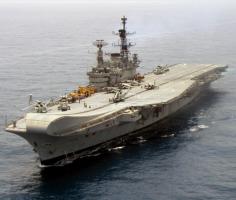 Ship scrapping is a slow and methodical process. A ship is typically run up on the scrapping ways, which can be a concrete platform or a sloping sandy beach. As burners cut away the upper sections of the ship, it gets lighter and floats a little higher allowing winches to pull the ship a bit farther up the ways. As more steel is cut away the ship is pulled progressively farther ashore until the entire structure is reduced to scrap metal to be hauled away for resmelting in a local steel mill.
Ship scrapping is a slow and methodical process. A ship is typically run up on the scrapping ways, which can be a concrete platform or a sloping sandy beach. As burners cut away the upper sections of the ship, it gets lighter and floats a little higher allowing winches to pull the ship a bit farther up the ways. As more steel is cut away the ship is pulled progressively farther ashore until the entire structure is reduced to scrap metal to be hauled away for resmelting in a local steel mill.
I recall years ago watching the ship breaking yard in Kaohsiung, Taiwan from a ship in drydock just up the harbor in China Shipbuilding. A ship being scrapped in the breaking yard looked like the carcass of some great beast being slowly but inexorably devoured by ants.
For the past month, the aircraft carrier INS Viraat, ex HMS Hermes has been slowly cut up and dismantled at an Alang shipbreaker’s yard in Gujarat, India. Breaking her up completely is likely to take a year.

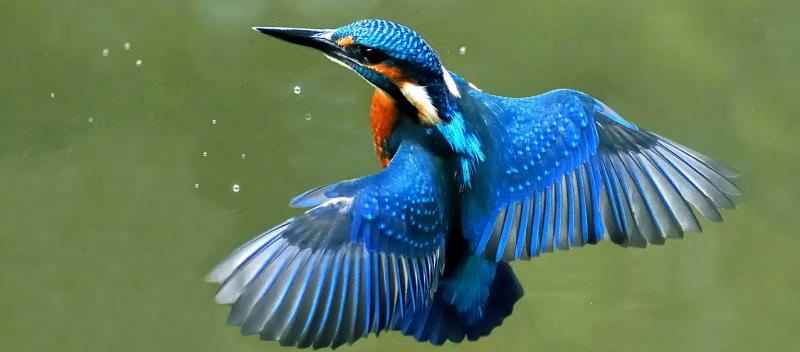 According to an ancient sailors’ legend, we are in the middle of the
According to an ancient sailors’ legend, we are in the middle of the 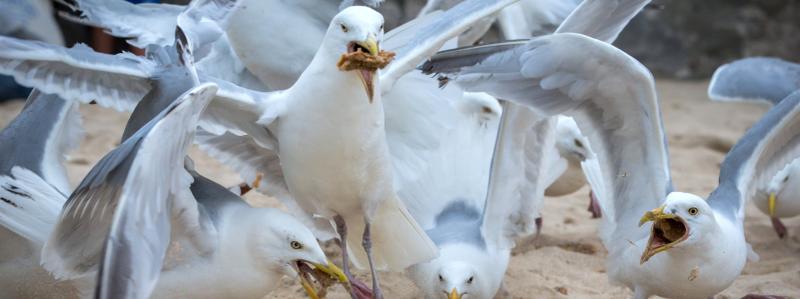
 On Monday night, December 21, the planets
On Monday night, December 21, the planets  Severe weather off the east coast of Australia has left beaches in the Northern Rivers region of New South Wales and on the Gold and Sunshine coasts covered in a thick layer of sea foam, attracting crowds of curious locals, and, at least potentially, venomous sea snakes.
Severe weather off the east coast of Australia has left beaches in the Northern Rivers region of New South Wales and on the Gold and Sunshine coasts covered in a thick layer of sea foam, attracting crowds of curious locals, and, at least potentially, venomous sea snakes. 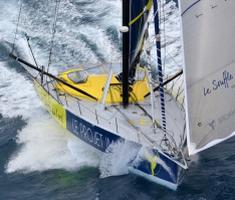 At roughly this point in the last sailing of the Vendee Globe in 2016-2017,
At roughly this point in the last sailing of the Vendee Globe in 2016-2017, 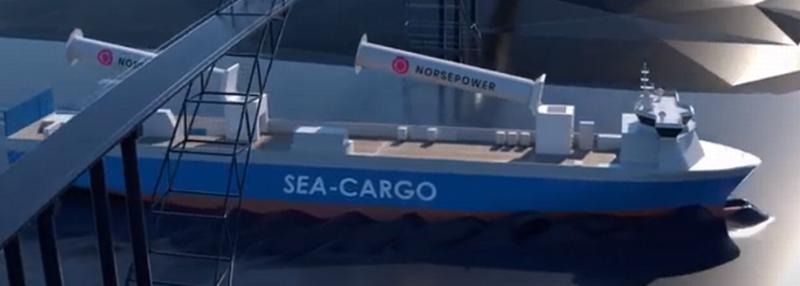 Sail-assist propulsion on commercial ships is developing rapidly, featuring a range of technologies including rotor sails, rigid wing sails, ventilated turbo sails, and even conventional fabric sails.
Sail-assist propulsion on commercial ships is developing rapidly, featuring a range of technologies including rotor sails, rigid wing sails, ventilated turbo sails, and even conventional fabric sails. Today, steel was cut for the first
Today, steel was cut for the first 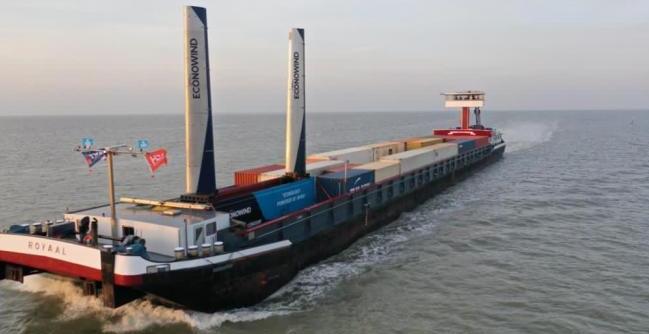 A year ago we
A year ago we 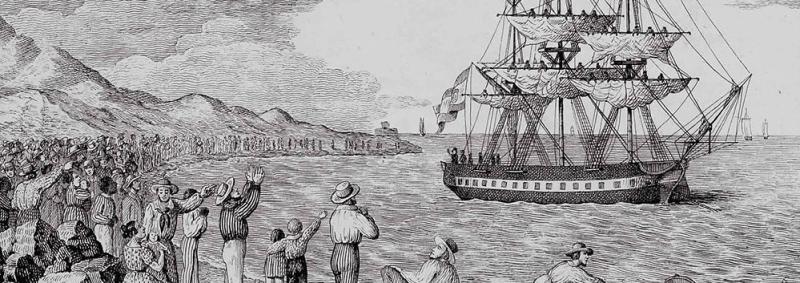 Today, the first doses of the
Today, the first doses of the  This is a wonderful half-hour documentary hosted by Tom Cunliffe about Jolie Brise.
This is a wonderful half-hour documentary hosted by Tom Cunliffe about Jolie Brise.  Mitsui O.S.K. Lines, Ltd. (MOL) has reached a coal transport deal with Tohoku Electric Power Co., Inc., which will use a
Mitsui O.S.K. Lines, Ltd. (MOL) has reached a coal transport deal with Tohoku Electric Power Co., Inc., which will use a  The US Navy has selected
The US Navy has selected 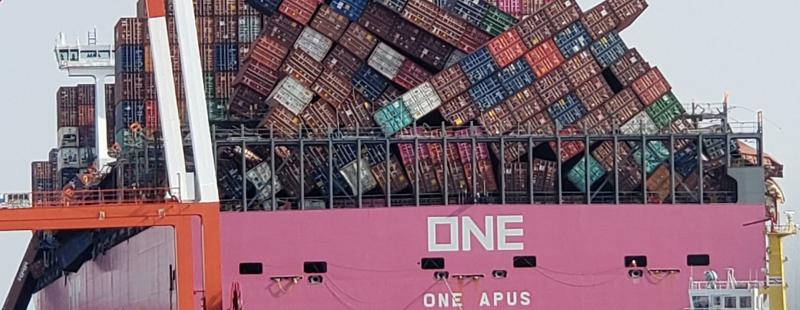 Last week, the container ship ONE Apus
Last week, the container ship ONE Apus 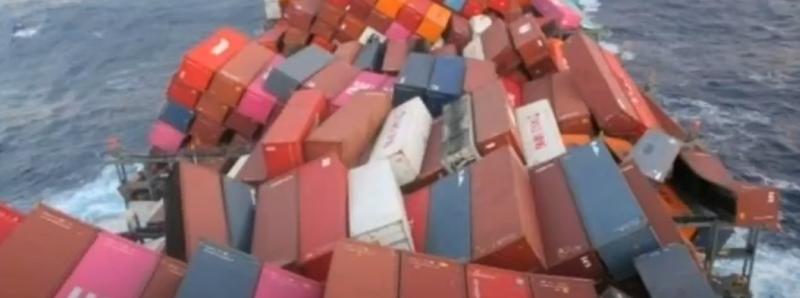 The one-year-old, 14,000 TEU capacity container ship,
The one-year-old, 14,000 TEU capacity container ship,  On December 2, Initiatives-Coeur, being sailed by
On December 2, Initiatives-Coeur, being sailed by